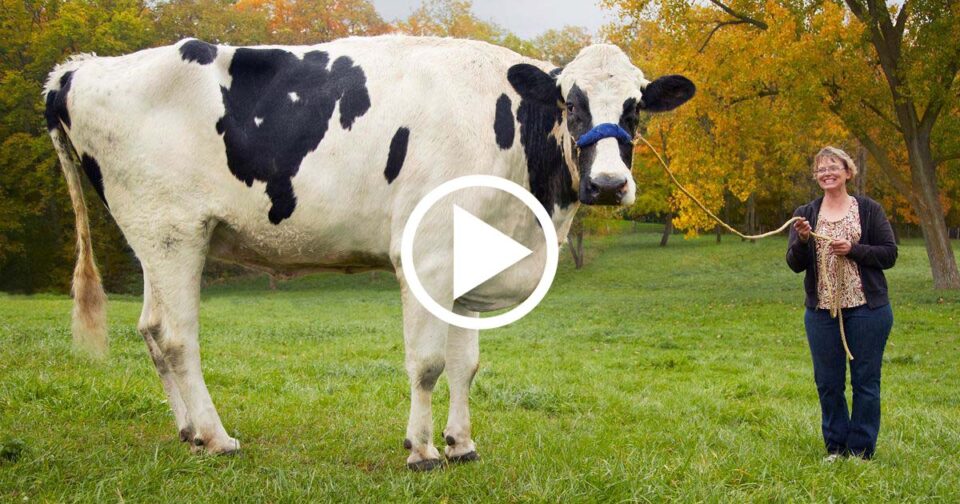Our world is full of creatures, big and small and tall. Today we look at some of the biggest animal species that actually exist. If you think you’ve seen some animals in your life, you ain’t seen nothing yet!
From Giant Bulls to jellyfish bigger than a human, you will see some of the biggest animal species
in the world.
So hang on to your hats while we countdown15 extremely large animals that actually exist.
15 – The Blue Whale
Number 15 on our list is the Blue Whale. It’s only appropriate that the most massive mammal has ever lived, weighing approximately 150 tons with a length of over 30 meters (98 feet) is on our list.
The largest accurately measured blue whale was a 29.5-meter female that weighed 200 tons, but there are reports of 33-meter catches that may have reached 220 tons.
They recorded the heart of one blue whale at nearly 700 kg (about 1,500 pounds). That’s 10 times the size of an average human. Blue whales are blue gray with lighter gray mottling in the form of large spots, which appear as if they were dabbed on with a huge paintbrush. The lower surfaces of the flippers are light gray or white sometimes.
The blue whale has a wide head, a small dorsal fin near the fluke, and 80–100 long grooves running lengthwise down the throat and chest. Its mouth contains up to 800 plates of short, wide, black baleen, or “whalebone,” with thick, coarse bristles used for catching food.
Females are larger than males, and the largest animals live in the Southern Oceans. The blue whale is found alone or in small groups in all oceans and they spend the summer in polar waters, feeding on shrimplike crustaceans called krill.
During a dive, the blue whale may engage in a series of turns and 360° rolls to locate prey and rapidly
reorient its body to sweep up large concentrations of krill in a single open-mouthed lunge. A single
adult blue may consume as much as eight tons of krill per day.
The Komodo Dragon
Number 14 on our list is the Komodo Dragon. Reaching up to 10 feet and over 300 pounds, Komodo
dragons are the heaviest lizard on Earth.
They have long, flat heads with rounded snouts, scaly skin,
bowed legs, and huge, muscular tails. Komodo dragons have thrived in the harsh climate of Indonesia’s Lesser Sunda Islands for millions of years. Though these athletic reptiles can walk up to seven miles per day, they prefer to stay close to home—rarely venturing far from the valleys in which they hatched.
Once a year, when they’re ready to mate, female Komodo dragons give off a scent in their feces for
males to follow. When a male dragon locates a female, he scratches her back and licks her body. If she licks him back, they mate. So, you take a dump and I lick you and we have kids! Males also sometimes wrestle with one another to earn mating rights.
Pregnant females then lay about 30 eggs, which they bury in the earth until they hatch eight months later. When there aren’t any males around, female Komodo dragons have other means of producing: As they have both male and female sex chromosomes, female dragons can reproduce asexually in a process called parthenogenesis.


